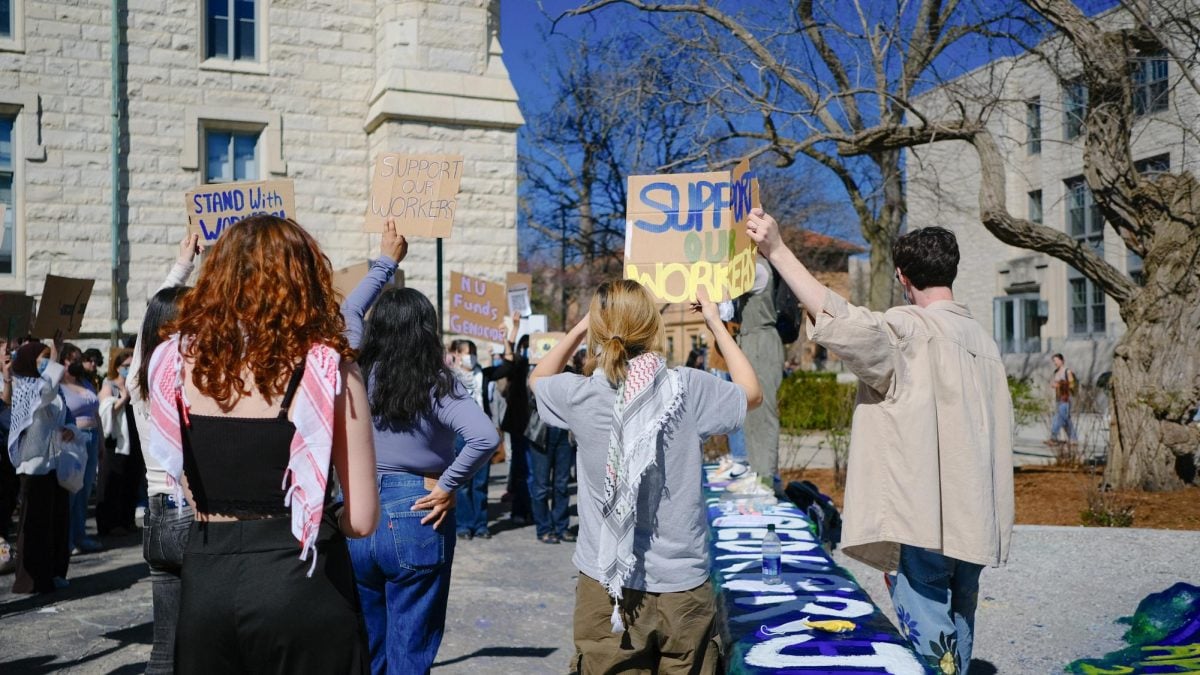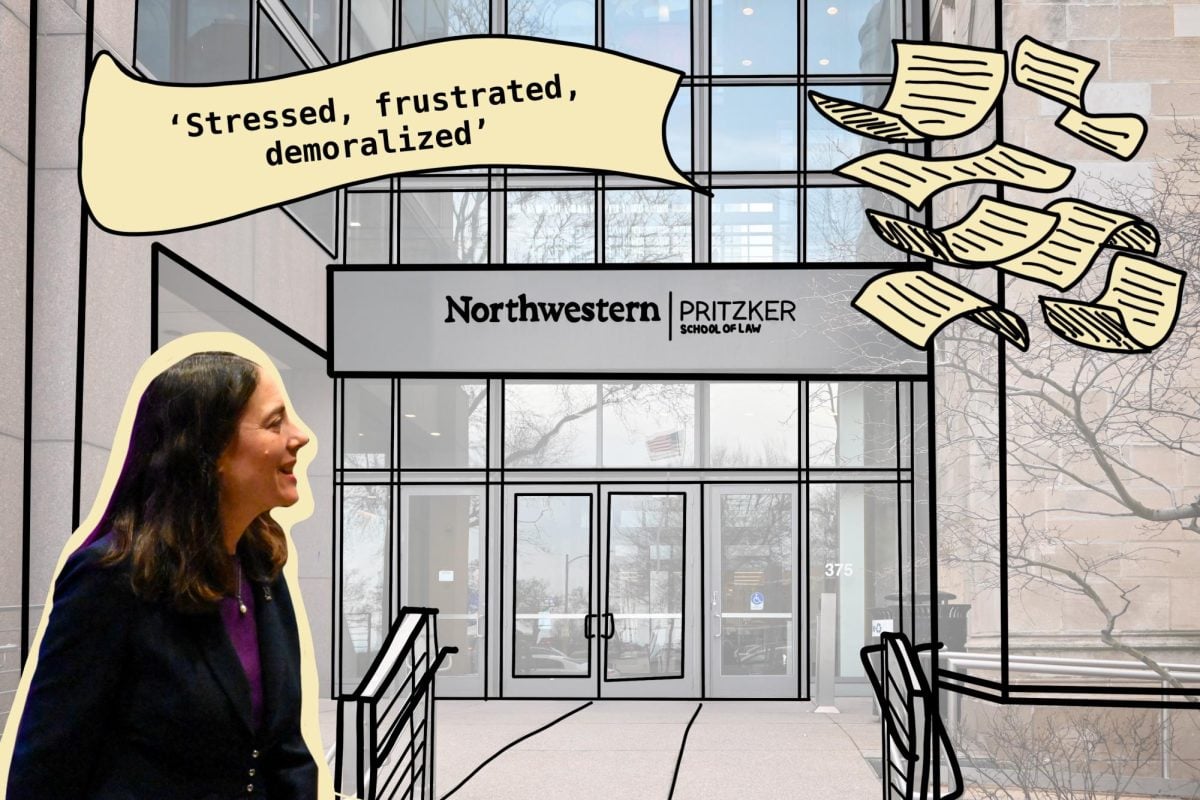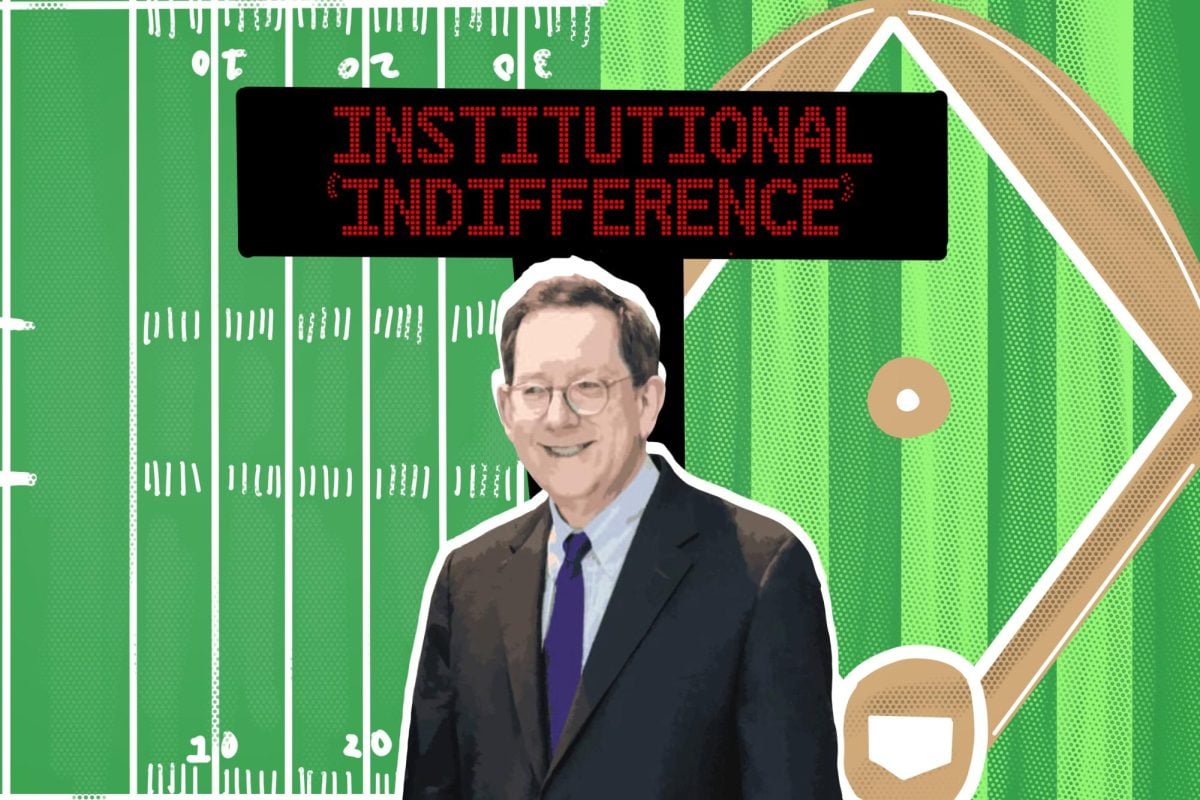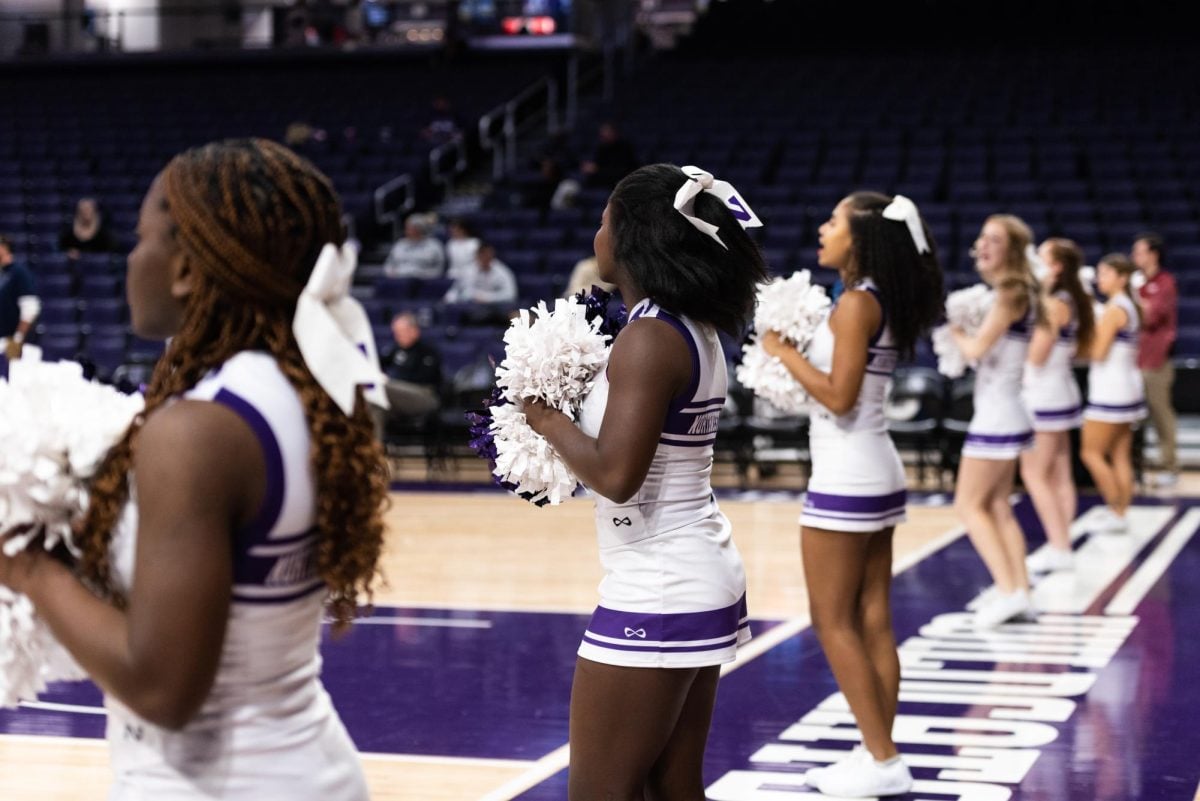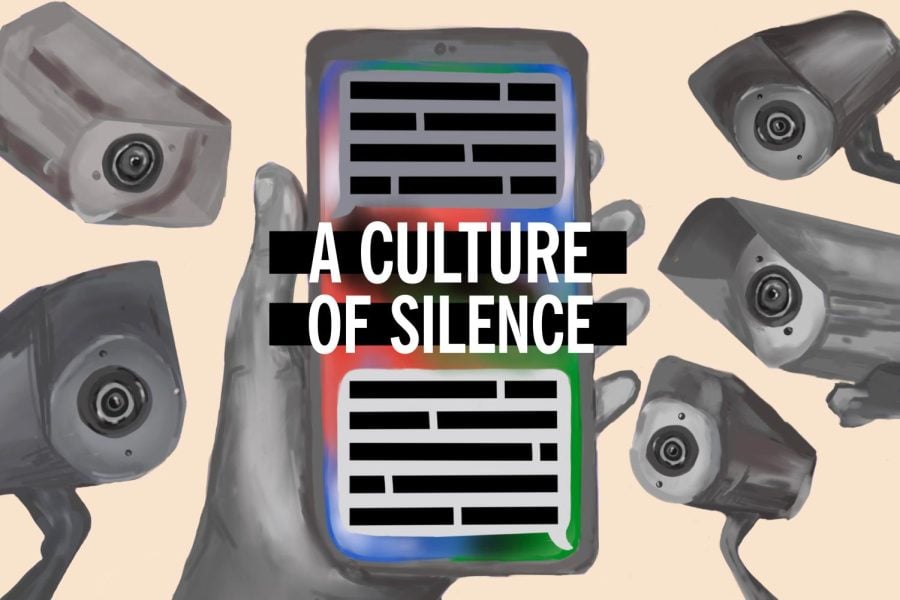Earlier this month, a Northwestern student was walking behind Cahn Auditorium when three men approached him from behind and tried to take his cell phone. The attempted robbery came only two days after another Northwestern student was robbed of his cell phone, that time on his porch at an off-campus apartment.
The two incidents in November brought the number of robberies in 2011 up to eight, quadrupling 2010’s total of two.
“This has been an unusual fall regarding events happening close to campus,” Dean of Students Burgwell Howard said. “It’s been a number of years since we’ve had a robbery of any kind on university property and to have two attempts on university property is highly unusual and obviously somewhat scary and stunning for the campus.”
The uptick in robberies, especially this quarter, has prompted the University to act fast in order to prevent more incidents against students and faculty. On Thursday, Howard sent out an email to the NU community outlining these measures, which focus on increasing police presence and improving lighting on and off campus.
“It’s something we really need to work on,” said Steven Monacelli, ASG community relations vice president. “I find it unacceptable that students are afraid to walk around campus at night.”
A disturbing trend
UP issues a crime alert “when circumstances arise that require heightened awareness from the University community,” according to their website. This quarter, all four crime alerts have involved robberies.
In September, a student walking near Orrington Avenue and Simpson Street was approached by two men, one who “bear hugged” the student while the other demanded his wallet. The student was then pistol-whipped before the two men fled the scene.
Almost a month later, a man robbed a student of his cell phone outside Shepard Residential College.
Aside from September’s incident, all of the robberies have involved smartphones. This reflects a broader trend in robberies across the area, UP Deputy Chief Dan McAleer said.
“This is something that’s happening not only here at Northwestern,” he said. “It’s an issue that right now the University area has been struggling with, but it’s not a new phenomenon.”
Over the summer, Chicago police received reports of many attempted smartphone robberies on the El and bus stations in Chicago, McAleer said. An increase in the value of cellphones likely prompted a rise in robberies, he said.
According to the Annual Security and Fire Safety Report from UP, there were no robberies against NU students that occurred on campus in Evanston in 2010, and only two occurred off-campus.
Becoming more vigilant
The string of smartphone robberies prompted UP to release a rare preventative crime alert Nov. 10.
“We are trying to encourage people to exert a level of personal awareness,” Howard said.
In an interview with The Daily on Thursday, University President Morton Schapiro warned against a naive sense of security that some students may have when walking around at night.
“I see it all the time, when I drive home,” Schapiro said. “[Students] are on their phones and they’re not looking. When they do that at the middle of the night, they’re such targets.”
He echoed McAleer’s warnings about smartphones and said because these phones can cost up to $500, it has been a lot easier for robbers to sell off the phones for cash.
Schapiro said he hopes the crime alerts not only help warn students about an incident that night, but that they overall will help raise awareness amongst the student body to become more vigilant every night.
“We want everybody to know (when a crime has occurred), and if people get a little bit more scared, maybe they would be more vigilant and it would be a self-fulfilling prophecy,” he said.
NU student Cory Haala, who lives in the same apartment complex where the Nov. 6 robbery took place, agreed it’s often easy for students to let their guard down at night.
“For a lot of students, when they walk back home at night, they’ve had a long day, ” Haala said. “They just pull out their phones or their wallets and be a little careless. It’s just a matter of paying a little bit of extra caution, especially in light of everything that has happened.”
Increased police presence
The University response to the recent incidents has primarily focused on two areas: an increase in police presence on campus and a heightened attention to lighting both on and off campus.
Howard outlined in his email to the NU community the steps that UP is taking in order to accomplish a greater police presence. The plan involves utilizing Community Service Officers on Segways as extra patrol around campus and assigning unarmed officers to patrol streets by car.
UP Chief of Police Bruce Lewis has put together a comprehensive plan for surveillance in areas where some of the robberies have taken place, Vice President of Finances Eugene Sunshine said.
From 6 p.m. to 2 a.m. every night, police officers, CSOs and private security officers will be patrolling the southern part of Sheridan Road and along University Place, Sunshine said.
“We’ve got it covered very heavily during those times,” he said.
As for the other areas of campus, UP has dispatched officers who normally work overtime, as well as other officers from the Chicago campus to patrol areas further north and further west.
“We’ve done this kind of thing before, when we have a little bit of a flare up in added crime,” Sunshine said. “It usually works quite well. It results in arrests sometimes, and it’s also deterring criminals so that they don’t come to campus.”
Sunshine said UP is particularly attentive to groups of juveniles heading to campus. In at least two of the incidents, the suspects involved were teenagers or young adults, and in the November incidents, the robberies involved a group of three or four people.
“Many officers were deployed to areas along the perimeters of campus,” Sunshine said. “We’re trying to head them off before they get to campus.”
Lighting the way
Aside from increased police presence, the University is also working on improving street lighting.
On Tuesday, ASG organized the annual light walk to identify low-lit areas off campus. They also recently passed a resolution to improve ligh
ting in the sorority quads.
Studies have related better lighting to crime reduction, said Monacelli, a former Daily staffer.
Sunshine said he thinks campus has a sufficient number of blue lights already on campus, but that administration is open to ideas as to how to continue improving safety.
Sunshine said the University’s focus is on the western part of Sheridan Road, especially because former projects have primarily focused on the eastern sidewalks.
The University is currently finishing a project to trim trees and update the wattage of light bulbs, in order to improve the existing light fixtures.
As for off-campus areas, the University is working with Ald. Dolores Holmes (5th) and the City of Evanston to extend the lighting improvement project from Sherman Avenue to Ridge Avenue.
“The constraint we have in those areas is that it’s not our land, and it’s not our lighting,” Sunshine said. “So we can only do it where the City allows us to do it, and Ald. Holmes has been very good about working with us on it.”
The University, however, currently does not have plans to increase the number of lighting fixtures on and off campus.
“You can’t light up the neighborhoods like it’s a TV studio or something because the neighbors are there,” Schapiro told the Daily on Thursday.
The main focus, Howard said is on clearing the foliage and improving the light bulbs, and the project should be in place before winter break.
“The intent is not to have more lights shining in people’s houses but to put light where people are walking so they can see where they are walking and see their surroundings better,” Howard said.
Other proposals
Howard also announced Thursday that University services will be adding a new shuttle stop at Ridge Avenue and Simpson Street, beginning this weekend. Howard said he received an email from a student who asked if the stop could be added.
As for ASG, they’re also working on reintroducing the SafeWalk program, an escort program that started in 2009 but was not in operation last year.
Students from NU’s Naval Reserve Officer Training Corps and the NU ParaCombatives Ju-jutsu club volunteer to walk with students traveling at night. The program previously ran during reading and finals week, but ASG is hoping to make SafeWalk available throughout the year said Kirstin Nordhaus, president of the PanHellenic Association.
“I know that it is top priority for ASG senators to improve safety and safewalk is definitely something ASG will be implementing,” Nordhaus said.
But Howard told the Daily there are a few limitations regarding SafeWalk, including questions on whether the students who work for the program will be volunteers or will be paid. He also said some officials have raised concerns as to whether it will jeopardize the safety of two students, instead of one.
“But if someone has a viable solution and wants to put that forward we are very happy to talk about it,” Howard said.
University officials said they’re all open to student ideas, especially when it comes to the issue of safety.
“If you have a good idea, we will fund it, there’s absolutely no limitation on what we will spend to keep people safe,” Schapiro said.



